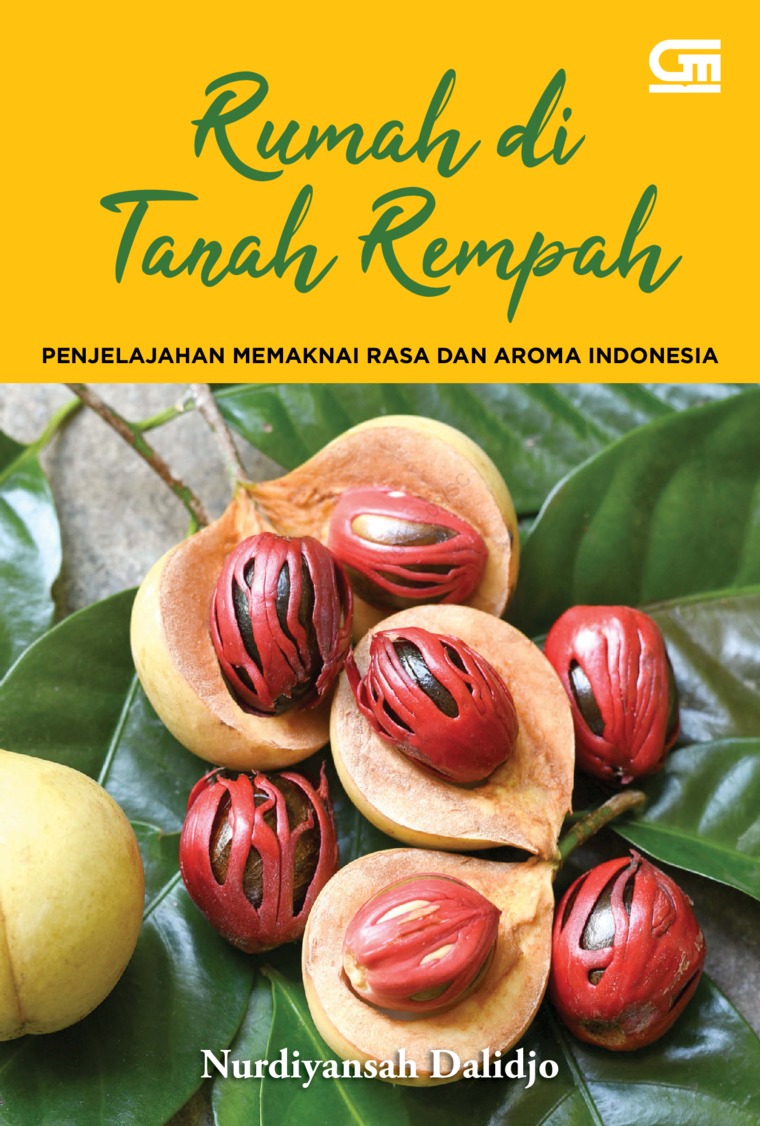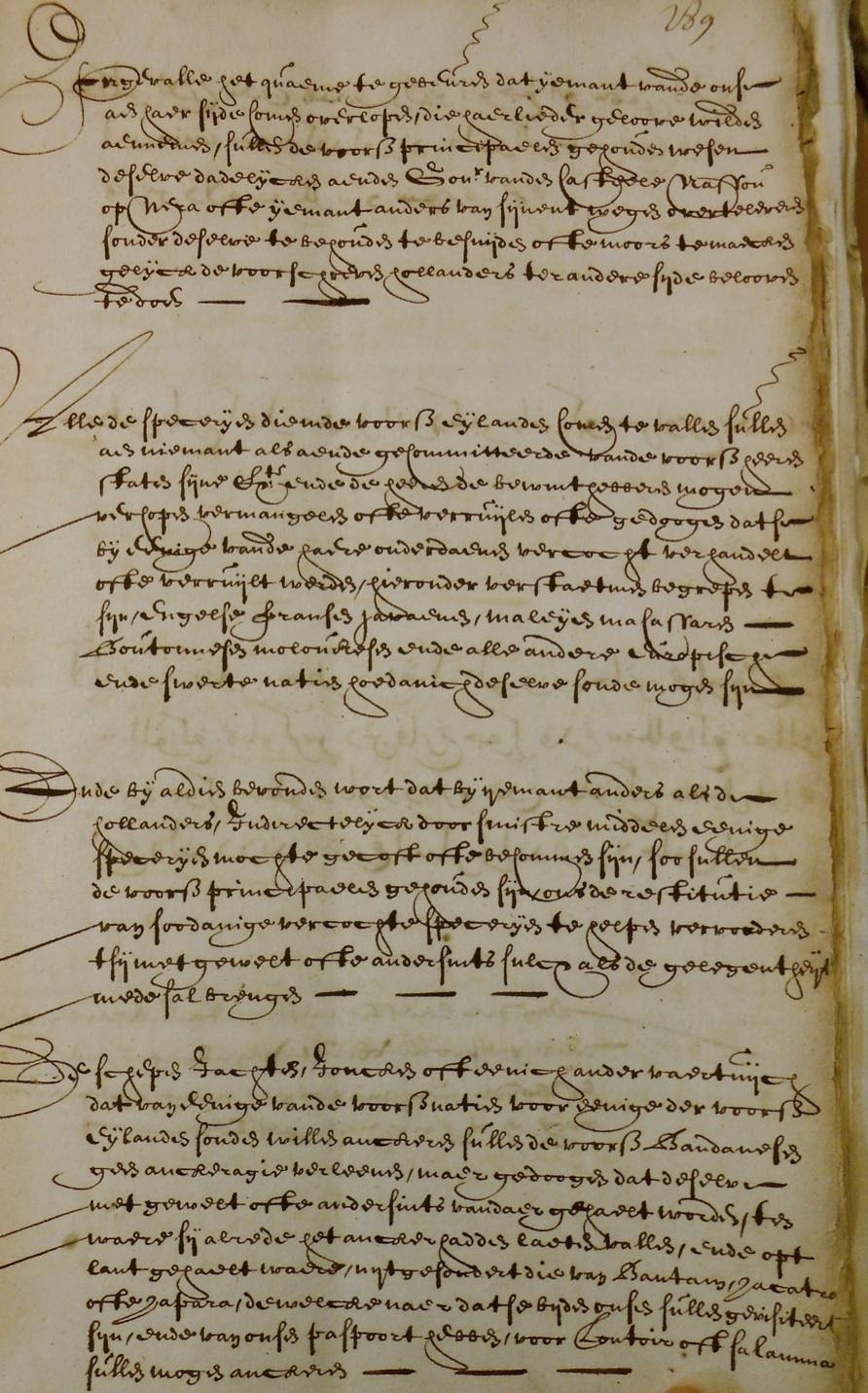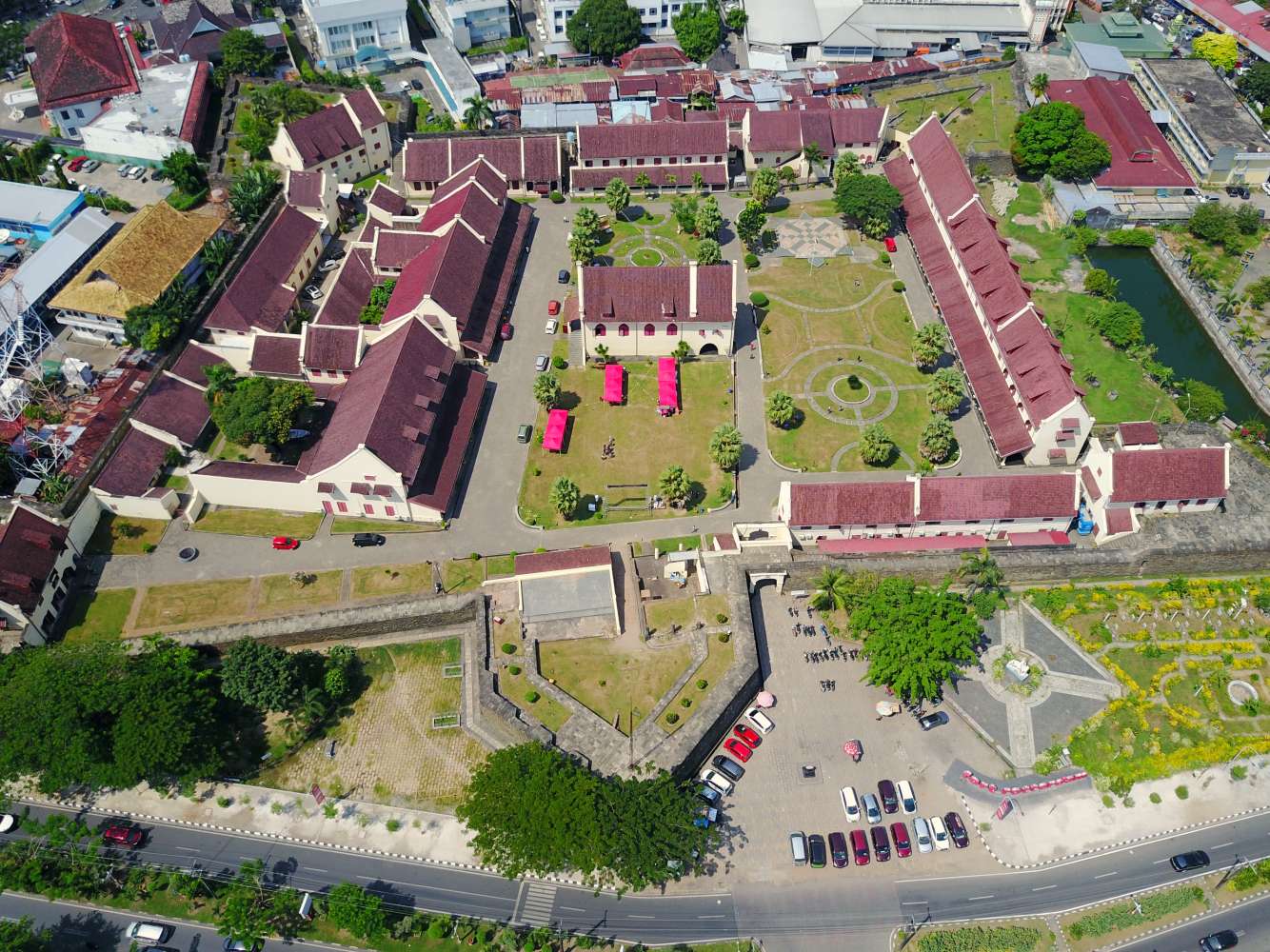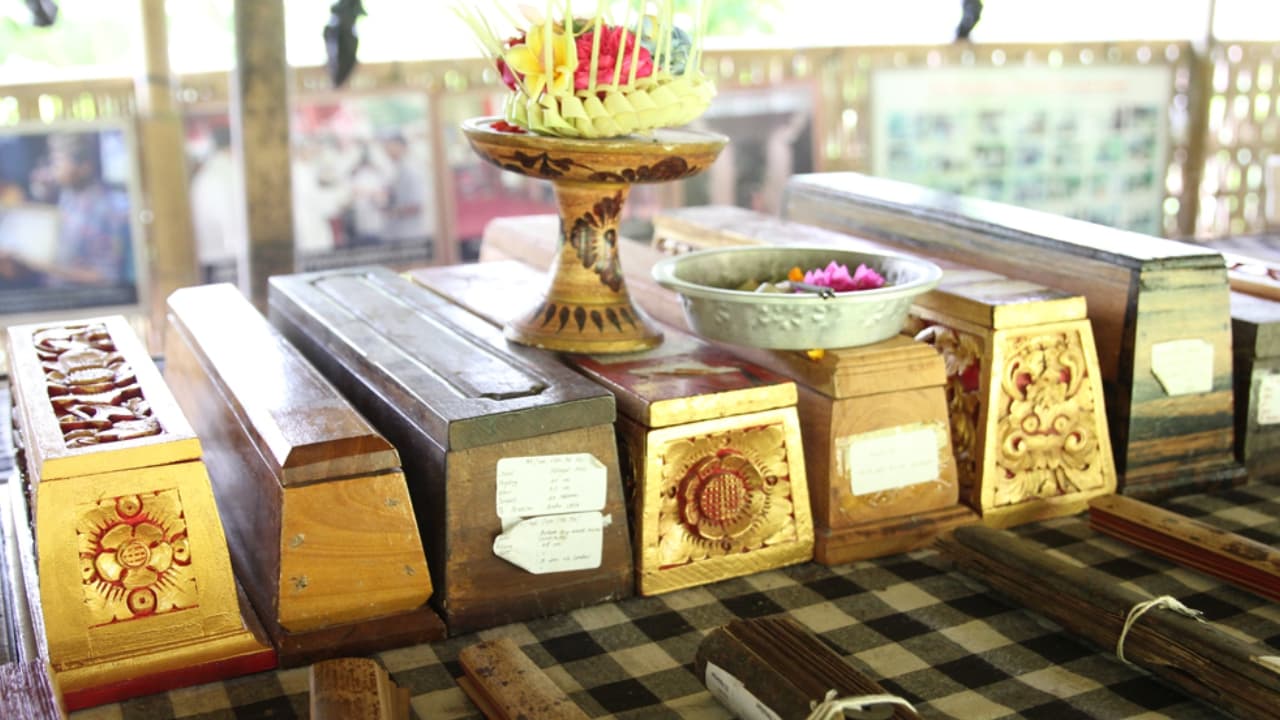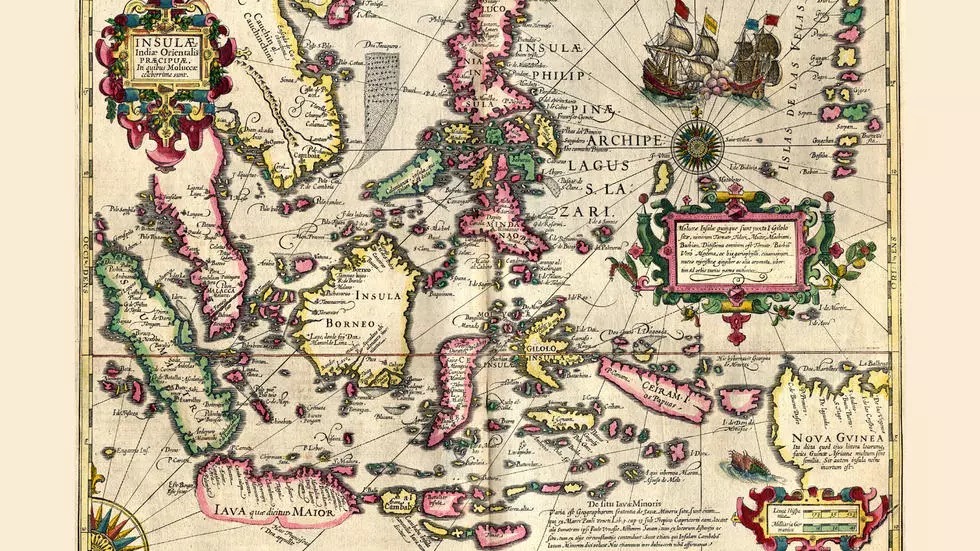
Edward Teller, a celebrated Hungary-born physicist, once said that “The science of today is the technology of tomorrow”. In other words, all kinds of current knowledge and technologies are inseparable from the knowledge coming from past pieces.
Among the numerous contributions of knowledge, navigation is one of many technologies that we still use today, and it can’t be separated from the roles of knowledge in the past. In a webinar entitled ‘Teknologi dan Transportasi Jalur Rempah’ held by the Institute for Preservation of Cultural Heritage (BPCB) of Central Java, with Singgih Tri Sulistyono, Junus Satrio Atmojo, and Andi Putranto as the speakers, we can see how the Spice Routes and the people of Nusantara in the past contributed to form today’s civilization.
From Navigation to the Shape of the Earth
Navigation functions to help someone reach the destination. However, who would have thought that this thing would take us to other knowledge? For instance, the European sailors were forced to re-examine their thoughts about the shape of the earth during the journey to discover spices in East Indonesia or Nusantara in the past.
In his presentation, Junus Satrio Atmojo stated that “We know, the voyages of Spanish and Portuguese eventually met in Maluku, and in Maluku, there was a clash between them, they reviled each other, and accused one another of stealing. They even brought it to Vatikan [to be on trial for an accusation of fraud], but when their travel notes were reviewed, none of them violated the agreement. The earth was eventually proven to be round, not as they had imagined flat as a table.”
In Jack Turner’s book Sejarah Rempah: Dari Erotisme sampai Imperialisme (2011) [originally published as Spice: The History of Temptation (2004)], Nusantara spices made several Europeans re-examine their knowledge. Furthermore, it shows how inferior they were in front of Nusantara spices and desired to dominate this most extraordinary crop.
Something Familiar in Nusantara and Confused the Europeans
A question popped up in the middle of the webinar: had the people of Nusantara been familiar with the navigation map in the past? Although there is no written evidence, many things prove that the science of navigation had been Nusantara sailors’ companions.
For instance, in 1275, King Kertanegara of Singosari sent Arca Manjusri to the Malay King who lived in the hinterland of Jambi by a boat as a symbol of friendship. It would be impossible had the sailors sent by King Kertanegara not known anything about maps or navigation. Moreover, the distance of Singosari Kingdom to the hinterland of Sumatra wasn’t close, passing through a lot of tributaries and dense forests. Therefore, in Junus Satrio Atmojo’s opinion, these sailors used another technology as a direction aside from a map.
In 1506, when Ludovico in Varthema set sail from Kalimantan to Java with a local vessel, he witnessed the ship captain who used a compass and map full of cardinal lines. It astounded him, for the Javanese had utilized maps and compass with which the Portuguese weren’t familiar. In Adrian B. Lapian’s book Pelayaran dan Perniagaan Nusantara, he mentioned that the ship captain who sailed to Varthema told that there was a vast sea far in the south of the Java Island, where the day was short with only four hours (“… dove il giorno non dura piu che quattro ore …“). Lapian added that the explanation in Varthema had strong proof, so it can be assured that the voyage in the Indian Ocean had come that far until it sailed across subtropical areas in the south.
There was another proof. It took place when a celebrated sailor Alfonso de Albuquerque sent a big-sized map (ũa gramde carta) made by the Javanese to the Portuguese King as an offering for its success in conquering the city of Malacca in 1515. On the map, there lay the island of Madagascar until South America (Brazil). But, unfortunately, Albuquerque’s ship that brought a map written in Javanese letters sank, so there was no proof about the Javanese knowledge on the voyage at that time; how far they could travel, and how far the knowledge was about Nusantara cartography at that time.
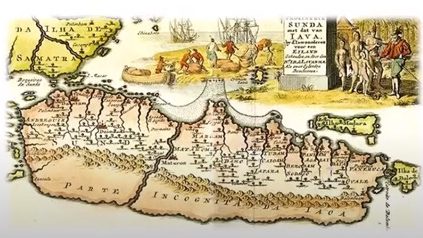
A picture of a map of Sunda and Java made by the Portuguese. Source: Webinar “Teknologi dan Transportasi Jalur Rempah”
Maps and a Means of the Spice Domination
In Sejarah Rempah, Jack Turner rewrote the portrayal from the documentation of the Catalunya about a banquet in Saló del Tinell, Barcelona, about the emergence of the New World, where the famous sailor Christopher Columbus stood as an essential messenger in the history of the world since the end of the ice age, the introduction of the universe that was reformed.
For the European imperialists, the New World was a new homeland to conquer. So it’s not surprising that the historians overvalued the legacy of Vasco da Gama on the domination of spices. “It was certainly spice that impressed Lisbon and its rivals. Looking back on the golden epoch of the conquests from the age of imperial retreat, the Jesuit historian Fernão de Queyroz (1617-1688) claimed that da Gama’s legacy and ownership of the sices, in particular, could not fail ‘to astound the world.” said Turner.
Spices and the imperialists’ effort eventually led to the cartography or the science of mapmaking of the people of Nusantara used by the foreigners. As a means of dominating the spice trades in Nusantara, in the 16th century, the Portuguese systematically mapped Nusantara’s territory. In this map, the Portuguese differed the area of Sunda and Java into two different islands.
Junus emphasized that the Portuguese’s ability to make a map was inseparable from the influence of Nusantara sailors, especially the people of Malay and Java. “In the 16th century, the map had been made, and the Portuguese were the ones who made it first. The question is, how could they make it? [the map of] Java, Sumatra, Kalimantan [?] Turned out to be coming from the people of Malay and Java. The Javanese were very skillful in making maps, and that’s how they learned.”
The notes and facts become essential for us to look back at the contributions of the people of Nusantara in the past caused by spices and various trade routes that emerged by dint of spices.
An American thinker who has Palestine descendant, Edward Said, stated that spices and the trades were one of many orientalist imaginations full of glamorous beauty, eternal adventure tales from the story of Sinbad to the list of nonfiction notes that every so often is just as fascinating. That’s one of many causes that triggered the great imperial nations to have abundant heroic tales without any footnote on the knowledge they got from the places that also played roles in contemporary knowledge.
_______
Sources:
Said, Edward. (1979). Orientalism. New York: Random House.
Turner, Jack. (2011). Sejarah Rempah: dari Erotisme sampai Imperialisme. Depok: Komunitas Bambu.
Turner, Jack. (2005). Spice: The History of a Temptation. New York: Vintage Books.
Webinar ‘Teknologi dan Transportasi Jalur Rempah’ with Singgih Tri Sulistiyono, Junus Satrio A, and Andi Putranto as the speakers (https://www.youtube.com/watch?v=G3sk0xgNC_I) accessed on 27 January 2021
_______
Text: Doni Ahmadi
Editor: Tiya Septiawati
Translator: Dhiani Probhosiwi
Image: Jodocus Hondius, 1610.



